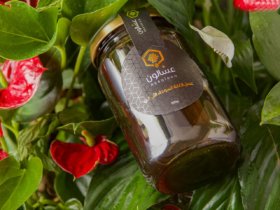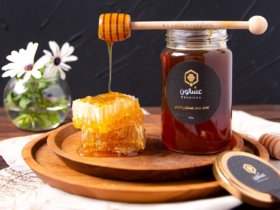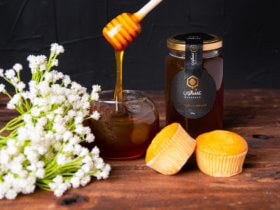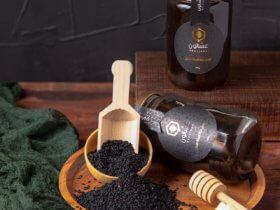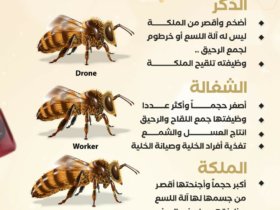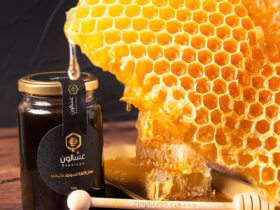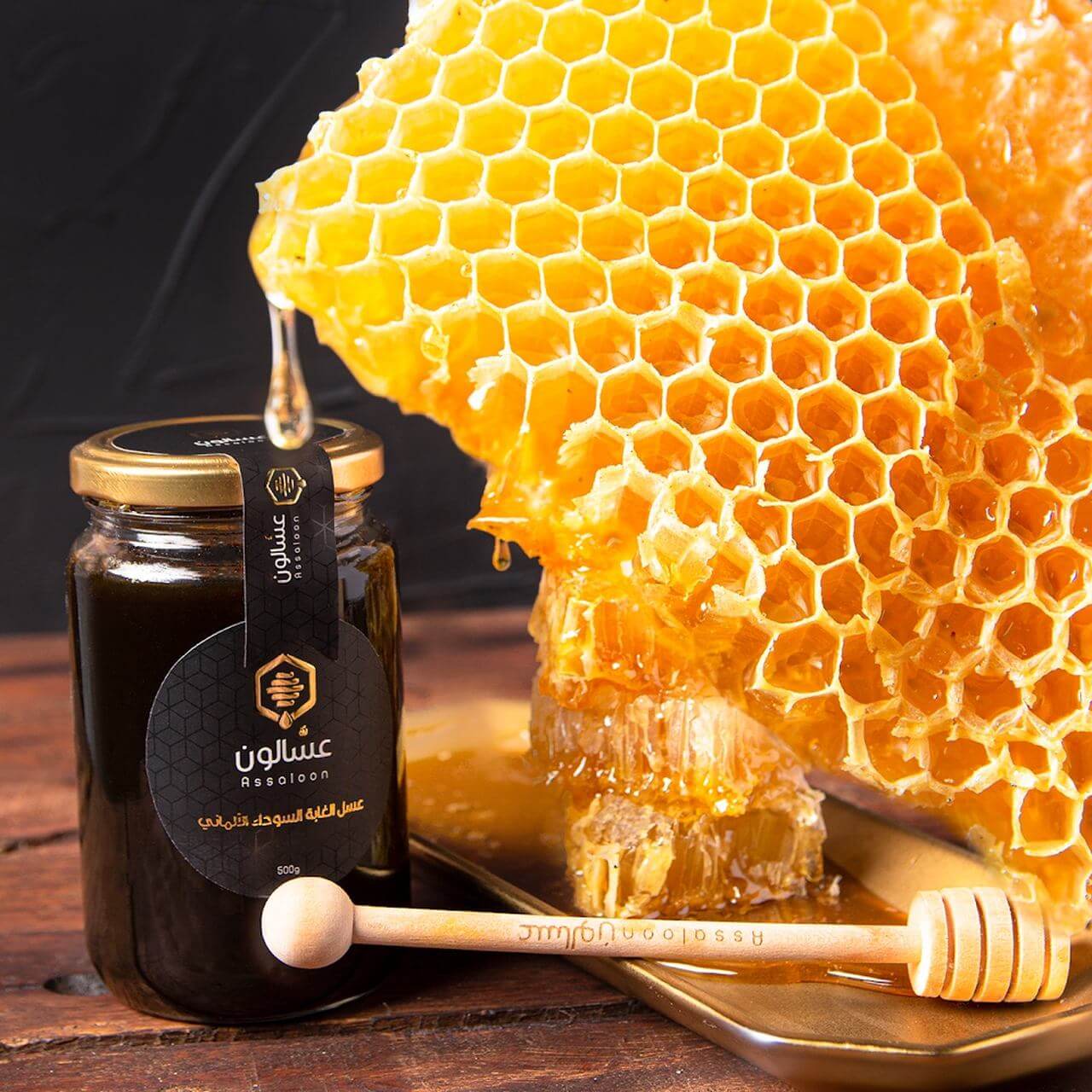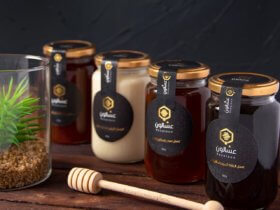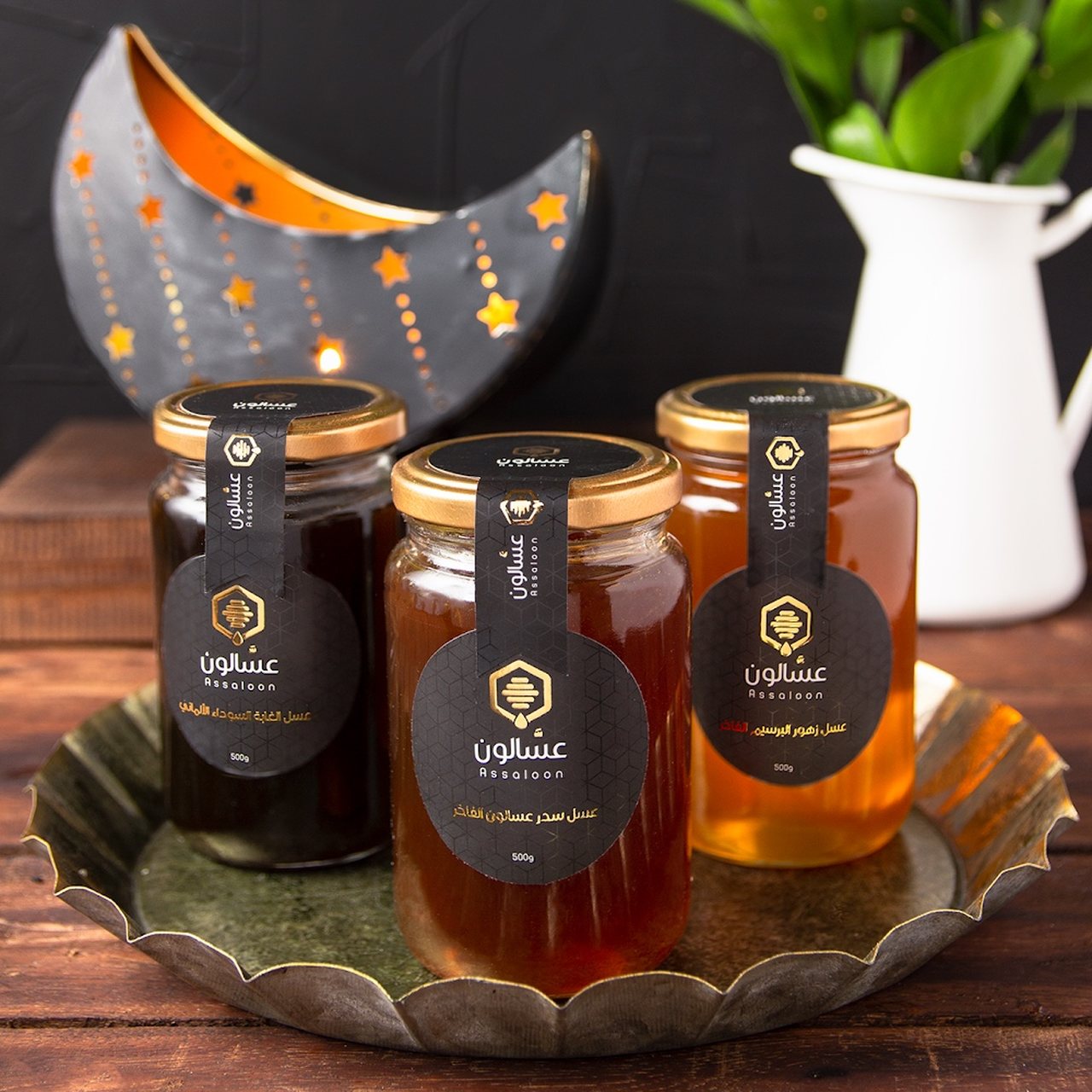Beehive, Or more accurately, a bee’s nest.
The hive is the home of most bee species. Although the name is wrong, it is the most commonly used.
Here in this topic, we will learn in detail about what is a cell and a nest.
Not only that, but also what is inside that cell in detail.
Let’s get to know first…
The difference between a beehive and a bee’s nest
Although cell is the most common term, it is not accurate.
- The Hive: Home of a handcrafted bee plant, It is what humans make for the bees and the bees build the nest inside.
- As for the nest, it is the main and natural habitat for bees, which they build themselves. The material of its construction varies according to what the bees use, and the most famous is clay.
The nest is also the one that contains honeycombs inside, in which the bees store food.
How it works inside the beehive
Work and production of honey inside the hive were discussed in detail in a previous topic.
But we can say very briefly that the continuation of work inside any nest depends mainly on the queen.
The presence of a queen means the continuity of producing more bees and thus maintaining a sufficient number of bees to communicate with each other and produce more food that preserves them during the winter, which lacks food and go out.
In short, what happens is:
- The workers come with nectar.
- Hive bees chew it.
- It is dried
- Then store it in wax and cover to be eaten in cold periods.
Types of bees in each hive and their roles
Each bee colony includes approximately 50 thousand bees, and this often happens in hot seasons such as summer.
Once winter comes, that number begins to shrink.
In any excellent hive there are only 3 types of bees inside it:
1- The queen bee
Here we will always find only one queen in each nest or colony.
The queen, as I told you above, is responsible for maintaining her nest.
She is also responsible for laying eggs and lays approximately 2000 eggs per day to maintain the number of her cell.
It is also responsible for the production of some types of chemicals called phermones , which are responsible for communicating with all individuals inside the cell.
2- maids
The worker bee or worker bees are the most numerous element in the hive.
These bees do almost everything in the hive except for reproduction. In short, because she is sexually immature.
Among the most important roles of these bees are:
- Collect nectar and bring it back to the colony.
- Aerate the hive to evaporate the excess water in the honey.
- Clean the hive from fumes and dust.
- Chew the nectar, store it and drain it from the water.
- Store it in honeycombs.
3- Male bees
Males are individuals that result from non-fertilization of bee eggs.
In fact, they are non-permanent individuals in the hive, as they die directly once the queen is fertilized.
Not only that, but it also does not exist in the winter, where bees hibernate, But we find it more in the spring and summer.
It is also worth noting that you know that the males in bees do not do any work except pollination and only eat from the honey that is stored.
That is, it does not collect any nectar at all.
The beehive is one of the most complex natural habitats ever.
But despite that, it is one of the best citizens in terms of cooperation and joint action.
Therefore, we may need to learn from its members and their activities in the service of the public interest.
Now if you have any other questions, feel free to contact us.

